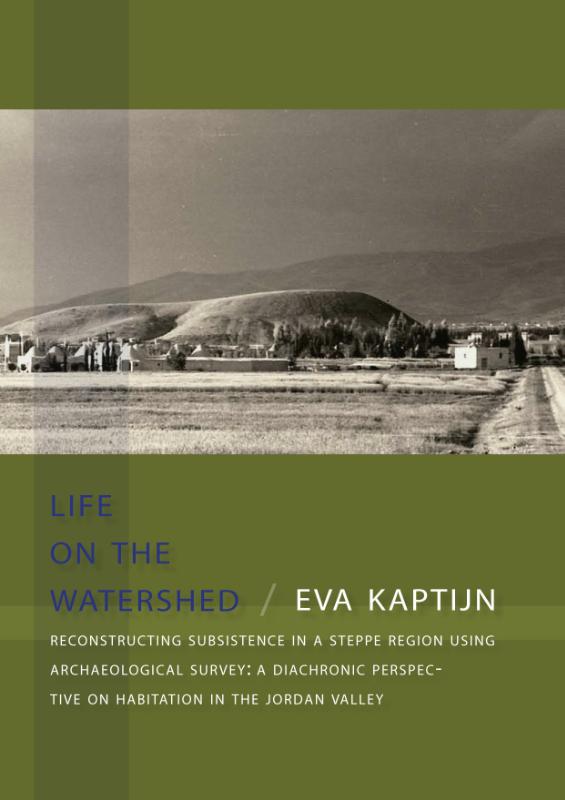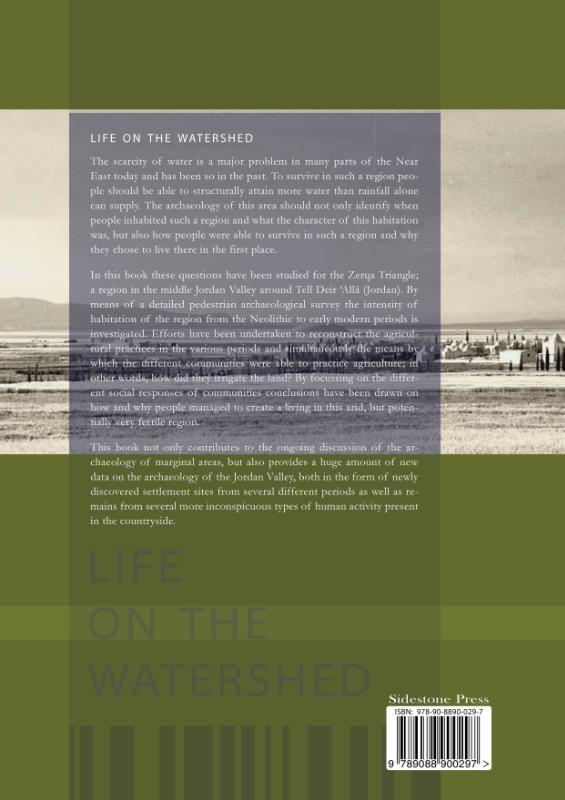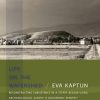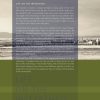Life on the watershed
€ 60,00
reconstructing subsistence in a steppe region using archaeological survey: a diachronic perspective on habitation in the Jordan Valley
Kaptijn, E. | Paperback / softback | 27-06-2013 | 9789088900297 |
Levertijd 5 dagen
The scarcity of water is a major problem in many parts of the Near East today and has been so in the past. To survive in such…







